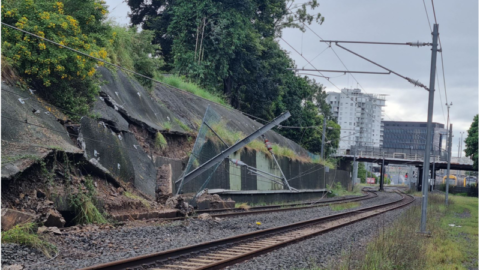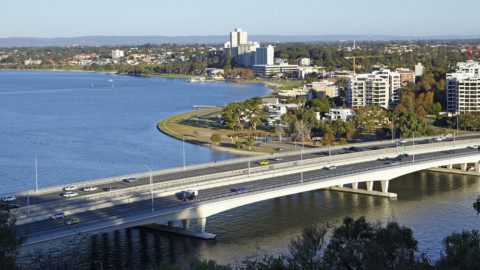Following the announcement of one of Australia’s largest construction companies identifying and fixing its internal gender pay gap, we take a look at the industry as a whole and the shift toward gender pay equity.
In early February 2018, John Holland announced it had identified 15 per cent of women in its business were getting paid less than men and moved to rectify the problem.
Gender pay equity is about ensuring women and men performing the same role are paid the same amount, and women and men performing different work of equal or comparable value are paid fairly.
CEO, Joe Barr, said John Holland has now told employees it will stamp out the gender pay gap where it exists.
“The construction industry hasn’t typically led the way when it comes to providing a level playing field for women, but that’s something I am determined to change,” Mr Barr said.
“Fixing salaries immediately is the first step, and now the challenge is making sure pay gaps doesn’t creep back in.
“I want John Holland to be a great place to work where everyone is treated fairly and has the same opportunities to be their best. I also want that for our whole industry and John Holland needs to play its part.
“Our next focus is on embedding a flexibility and wellbeing culture into the business – no small feat in construction and property. We already offer lots of benefits to our people to promote flexible working and I want to lead the way to make this a reality on John Holland work sites.”
John Holland is only one of the companies in Australia trying to fix the gender pay gap, however progress towards gender pay equity has been slow.
At the end of 2017, the Workplace Gender Equality Agency (WGEA) revealed the overall gender pay gap fell only marginally that year, from 17.7 per cent to 17.3 per cent based on full-time salaries, and from 23.1 per cent to 22.4 per cent on total remuneration.
In industries such as technical and trade, WGEA reported a gender pay gap of 26.7 per cent.
Director of the WGEA, Libby Lions, said she is very encouraged that many more employers are now analysing their pay data for gender pay gaps and is hopeful this will flow through to improved pay outcomes for women in the years ahead.
“Unfortunately, the number of women on boards remains static and too few organisations are reporting their gender metrics up to the board. We need to see some real change. Boards must take more accountability for gender equality.”
In addition, The 2017 Outcome Graduate Survey funded by funded by the Australian Government Department of Education and Training, reported the average annual salary for a postgraduate engineering student to be $87,700 for men and $83,400 for women.
The demand for engineers is increasing as governments spend up on roads, rail and services. And, with women accounting for only 20 per cent of engineering graduates and business now required by law to report on gender-balance, companies are having to offer more to attract women.
















